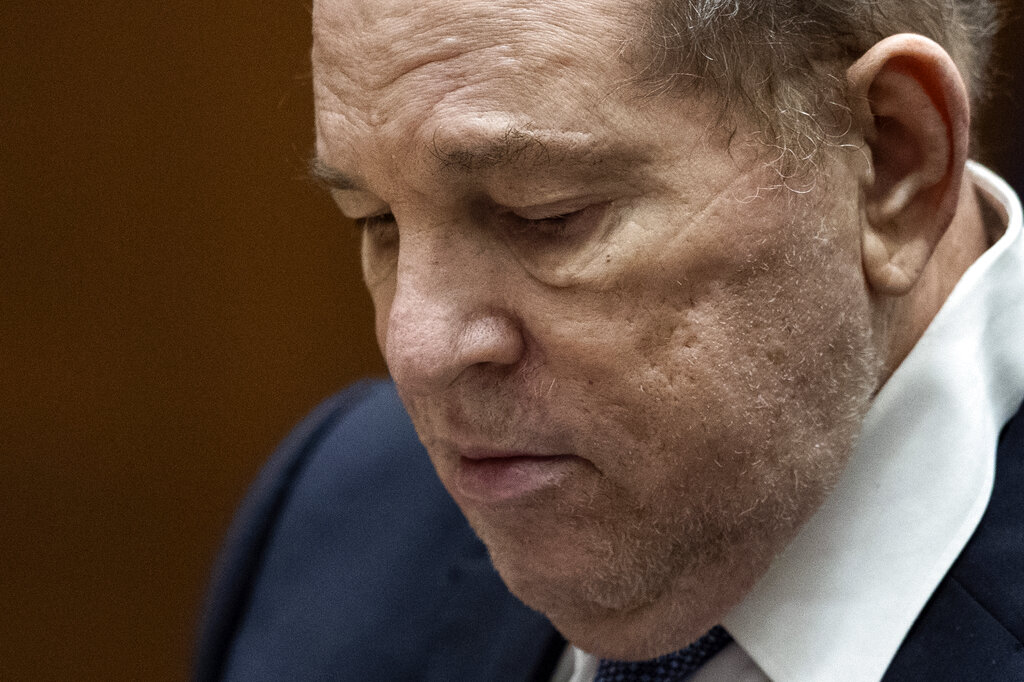In Latest Sign of Recession, US Manufacturing Growth Plummets to Two-Year Low
WASHINGTON (Reuters)—U.S. manufacturing activity grew at its slowest pace in nearly 2-1/2 years in September as new orders contracted amid aggressive interest rate increases from the Federal Reserve to cool demand and tame inflation.
The Institute for Supply Management (ISM) survey on Monday also showed a measure of factory employment contracted last month for the fourth time this year. ISM Manufacturing Business Survey Committee chair Timothy Fiore said “companies are now managing head counts through hiring freezes and attrition to lower levels, with medium- and long-term demand more uncertain.”
Fiore, however, noted that there were no comments from firms about large-scale layoffs, which he said indicated that “companies are confident of near-term demand.” The Fed’s tighter monetary policy campaign has raised fears of a recession next year, igniting a sharp sell-off on the stock market.
“The good news is that there are welcome signs that prices are stabilizing,” said Jim Baird, chief investment officer at Plante Moran Financial Advisors in Kalamazoo, Michigan.
“The bad news is that consumer demand for a broad swathe of goods continues to shrink, another sign that the economy is feeling the effects of high inflation, rising interest rates, and a broad-based slowdown in activity.”
The ISM’s manufacturing PMI dropped to 50.9 this month, the lowest reading since May 2020, from 52.8 in August. It said the fall in the index “reflects companies adjusting to potential future lower demand.” A reading above 50 indicates expansion in manufacturing, which accounts for 11.9% of the U.S. economy.
Economists polled by Reuters had forecast the index slipping to 52.3. Nine manufacturing industries, including machinery, transportation equipment, and computer and electronic products reported growth last month. Furniture and related products as well as textile mill and wood products were among the seven industries reporting a contraction last month.
Some of the slowdown in manufacturing reflects the rotation of spending from goods to services. Government data last Friday showed spending on long-lasting manufactured goods barely rising in August, while outlays on services picked up.
The U.S. central bank has since March hiked its policy rate from near zero to the current
" Conservative News Daily does not always share or support the views and opinions expressed here; they are just those of the writer."





